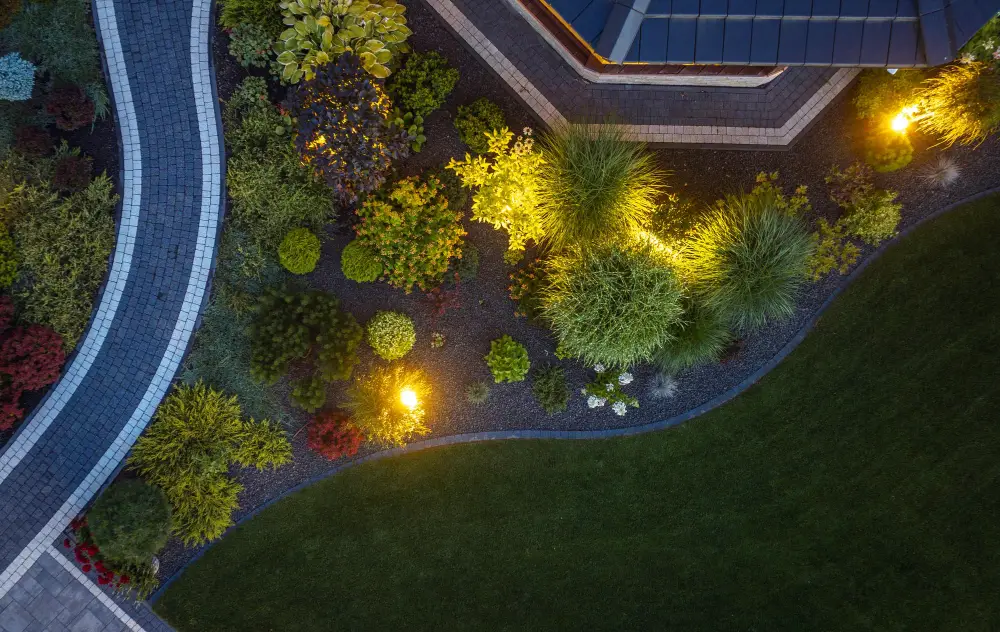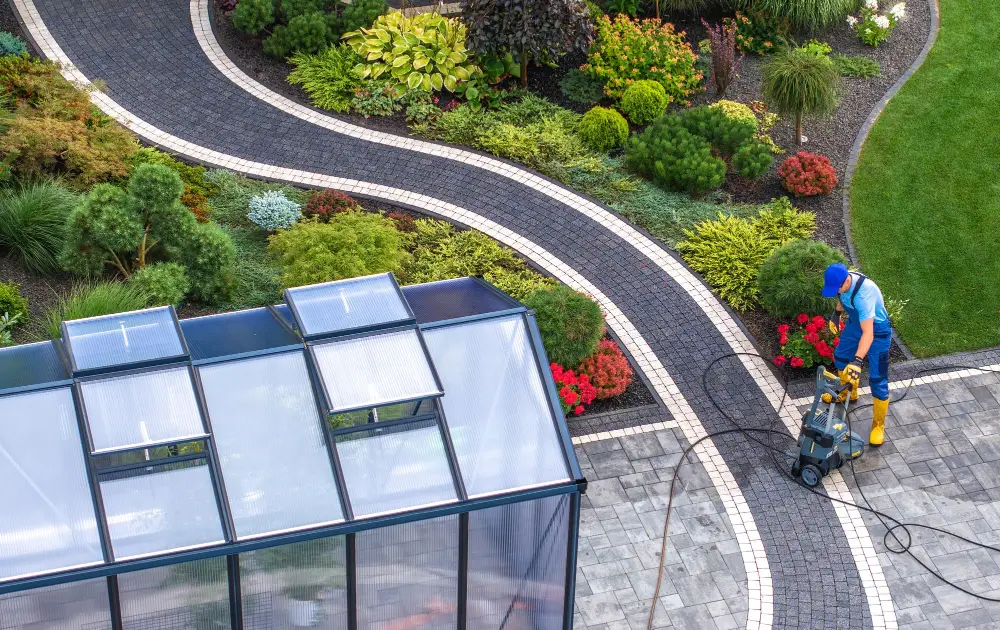Creating a visually appealing and sustainable yard is an aspiration for many homeowners. It not only enhances the aesthetic appeal of your home but also provides a tranquil space for relaxation and entertainment.
Whether you’re a seasoned gardener or a novice starting your first landscaping project, understanding the fundamentals can transform your outdoor space into a stunning oasis. This guide aims to offer essential landscaping tips, from selecting the right plants to incorporating hardscape features, to help you achieve a beautiful yard that reflects your personal style and complements your home’s architecture.
Assess Your Yard’s Conditions

Before you jump into planting, take the time to assess your yard’s conditions. Understanding the type of soil you have, the amount of sunlight different areas receive, and the drainage qualities of your land can significantly influence your landscaping decisions. Plants thrive under specific conditions, and by knowing your yard’s unique characteristics, you can choose plants that will flourish.
Consider existing structures and natural elements in your yard. Trees, slopes, and any buildings can create microenvironments. For instance, areas under trees may be suitable for shade-loving plants, while slopes may require terracing or groundcovers to prevent erosion.
Tailoring your landscaping plan to fit these conditions will lead to a more successful and sustainable garden. From ground cover plants to trees, each addition should be carefully selected and incorporated into your overall design. It’s also essential to consider the climate and weather patterns in your area as they can impact plant growth and maintenance needs.
Choose the Right Plants
Selecting the right plants is crucial for a thriving landscape. Aim for a mix of perennials and annuals to ensure year-round color and interest. When choosing plants, research their growth habits, mature size, and maintenance needs to ensure they’re a good fit for your space and gardening capabilities.
Consider also the environmental impact of your plant choices. Native plants are often recommended because they require less water and are more resistant to pests and diseases in their native area, reducing the need for chemical interventions. By selecting plants that are well-adapted to your local climate and soil, you can create a low-maintenance, eco-friendly yard.
Hardscaping Elements

Incorporating hardscaping – such as pathways, patios, and retaining walls – can significantly enhance the functionality and visual appeal of your landscaping. Not only do these elements provide structure and define spaces, but they also offer an opportunity to add texture and contrast to your garden.
When planning hardscaping, consider materials that compliment your home’s exterior and the natural landscape. For instance, natural stone can create a serene, organic feel, while geometric pavers offer a more modern, structured look. Proper planning and placement of hardscaping elements can transform your yard into a cohesive, inviting outdoor living space.
Water Features and Lighting
Adding water features like fountains, ponds, or waterfalls can introduce a sense of tranquility and movement to your garden. The sound of running water is naturally soothing and can attract wildlife, enhancing the ecological diversity of your yard. When incorporating water features, consider their placement in relation to seating areas to maximize enjoyment.
Outdoor lighting is another element that can elevate your landscaping. It not only highlights key features and creates a safe environment by illuminating pathways but also extends the use of your outdoor space into the evening. Energy-efficient options, such as solar-powered or LED lights, offer sustainability and can be strategically placed to accentuate landscaping elements without overwhelming the space.
Maintenance Plan
Creating a beautiful landscape is an achievement, but maintaining its beauty over time requires planning and effort. Develop a maintenance plan that includes regular tasks such as watering, weeding, fertilizing, and pruning. Considering the maintenance needs when selecting plants and landscaping features can save time and energy in the long run.
Remember, landscaping is not a static project but an evolving one. Plants grow and change, hardscape elements may require repair, and your preferences might evolve.
Regular assessment and adjustments to your landscaping will keep your yard looking its best, providing a beautiful and enjoyable outdoor space for years to come. It’s also essential to be mindful of your impact on the environment while maintaining your yard, such as using eco-friendly products and practices.
By utilizing these essential landscaping tips, you can create a beautiful yard that not only enhances the visual appeal of your home but also provides a sustainable and enjoyable outdoor living space. Remember to assess your yard’s conditions, choose appropriate plants, incorporate hardscaping elements, add water features and lighting, and develop a maintenance plan to keep your yard looking its best.
With these fundamentals in mind, you can transform your outdoor space into a stunning oasis that reflects your personal style and enhances your overall home experience. By continuously learning and experimenting with different techniques, you can elevate your landscaping skills and create a yard that brings joy and relaxation to you and your loved ones.
Related Stories
- Steps to Take If You’re Looking to Improve the Exterior of Your Home
- Top Tips to Help You Improve Your Home’s Exterior
- The Top 7 Tips for Effective Home Exterior Maintenance
- Why You Should Hire a Professional for Tree Stump Removal Service
- 5 Essential Tips for Choosing Waste Bin Rentals
Recap
